“if you just do form, then you are doing sculpture, but if you look after the interaction between life and form, then you are doing architecture.”
Jan Gehl
Leaving Lithuania was a bit of a bummer and an excitement at the same time. What will be next ? – I was wandering – More mosquitos ? Another monk trying to orient me towards spiritual life ? Imagination cannot get us as far as the real thing.
RIGA
The old city
Riga city center has something very unique. The Dome square – photo below- has no urban cohesion whatsoever. Even though this urban space is one of the best I’ve ever experienced. Not a single building is parallel with its neighbor. Eight streets are leading to it. And the space is revolving around a cathedral that is not facing it. And its shape is undefinable. It’s a square only by name.
I find it somehow funny how the places we love the best in cities are these odd spaces. But still, as architectes and urban designer we design plans in such a Cartesian way. Maybe we can’t plan such diverse spaces, it might be contrary to the very idea of planing. Because planning requiert organization at a higher scale. Whereas old city centers were build bits by bits over generations. But above all, they were build with local material, construction techniques and most importantly : an instant need.






The outskirts of Riga
Riga was always split. First because of the fortifications surrounding the center. Segregating the poor from the rich, as the lower classes were rejected outside the walls. Wooden houses on the outskirts were even burned down in case of an enemy invasion. How great are those powerful elites at the top eh ? When the fortifications were demolished to widen the city, it was replace by the railways. Also splitting the city’s morphology until today.
And so, the old market located around the train station is still a popular area to this day. A lively, dense and active area were everyone get their groceries. The market is located inside the rehabilitated Zeppelin factories from WWII. Even though no money has been put into it, the architecture fits perfectly its second life function. A gigantic concrete structures give a roof to thousands of traders, keeping them from the outside harsh weather conditions.
The architecture outside the railway perimeter is as eclectic as it can be. The Latvian academy of science is a communist building for one. Built in the 60s as a gift from the soviets. You can still see the hammer and the sickle ornaments on the very top. Nowa days, the only science its got is the name. The building is inhabited by fortune tellers and whatnot. Although it is still worth a visit as you can climb to the top for a very small see. The panoramic view has no equal in Riga, and it is open until 10PM.

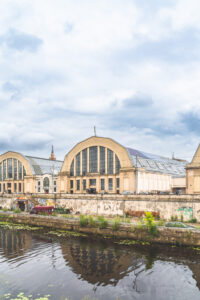



Uprising and downfall
Now, do you remember those old wooden houses, that would have been set on fire in case of an invasion ? Some are still there. Cohabiting with five story Haussmannian-style buildings. Why ? Because in between the two wars, the neighborhood was facing a heavy speculation period. Many developers bought land and build on them. Creating a massive gap between neighbors. The poor had no running water, electricity or toilets unlike their new neighbors. When WWII broke out, everything was left on the spot. The district is now a patchwork of brownfields, stone buildings and small wooden houses.
But the most impressive wooden construction in the neighborhood is the wooden church of Jesus. The building has the most exquisite details : wooden Corinthian and Ionic capitals, fronton, and bas reliefs. Everything looks like stone but isn’t. It saddens me to realize how hard it is to build with wood nowadays, when so many good -and very old- exemples are out there. Yes fire regulation is strict. But, with today’s technique, I am convinced that it can evolve to allow us more flexibility.




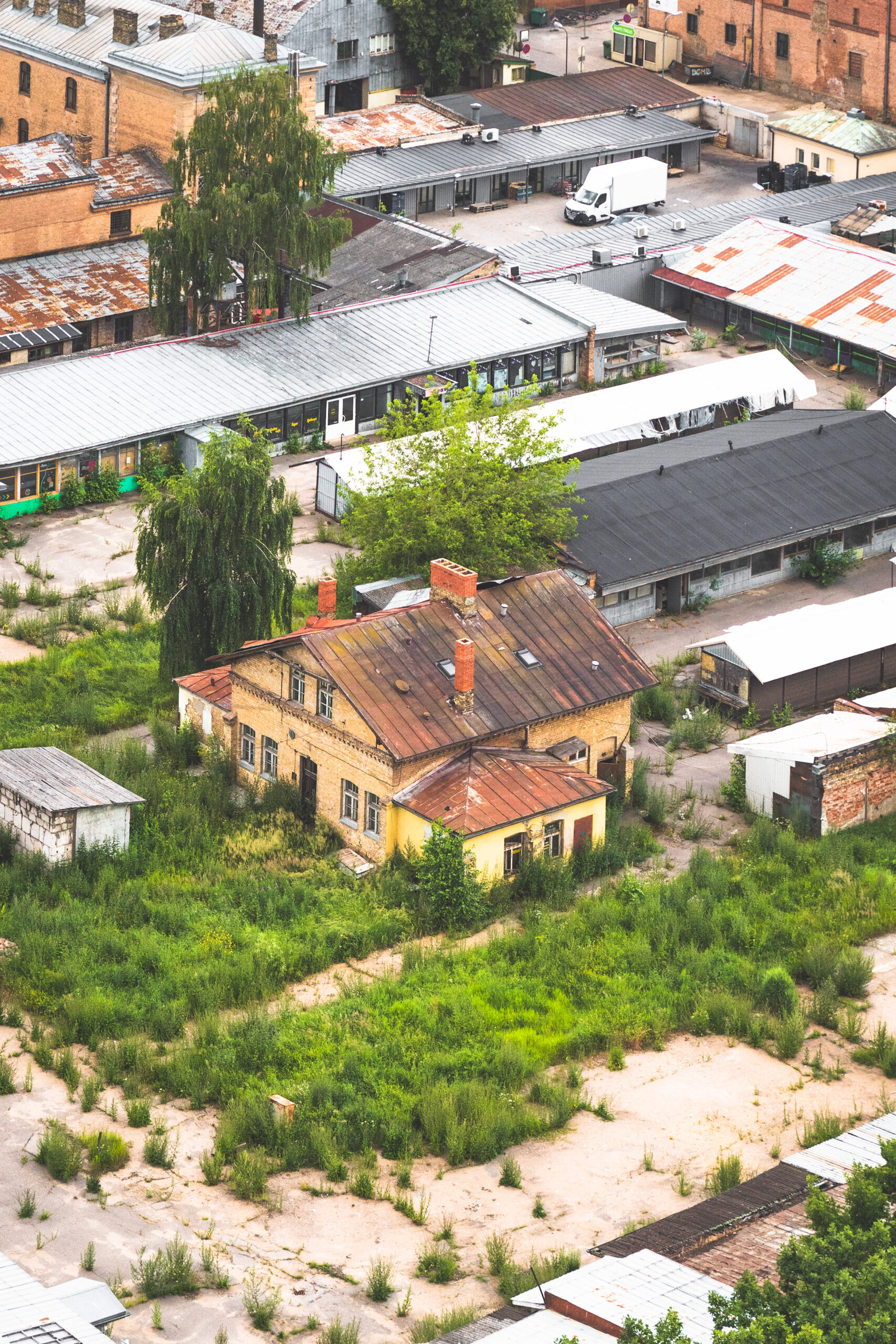

Shifts in history
Nearby, in the same district, another atrocious war crime happened. The biggest Jewish community of the city was living in the outskirts. When the Nazis took Riga, and triggered the final solution, the main Synagogue were burnt. With people locked inside. Next to the remains of the synagogue lies a monument dedicated, this time, not to atrocities but to a local Hero, who hid Jewish people and helped them escape the Ghetto. Although all of this happened in the same place, when the soviets liberated the city, no memorial was ever build. No story was ever mentioned. Instead, the soviets build monuments to commemorate Stalin’s glory. Ignoring History once again.
In their constant denial for history and their insatiable use of propaganda, the soviets kept one monument in Riga. The 42 meters hight freedom monument. design by a Latvian sculptor named Kārlis Zāle. But changed the story around it. Initially commemorating the people who fought – against the Bolsheviks – for the Latvian independence. So you can easily guess why the soviets wanted to change its meaning. From a commemorative monument celebrating independence, it was turned into an allegory for the Baltic states liberation by the soviets. The three stars on top were symbolically representing the Baltic states. How easy it is to alter the meaning when you have enough power, isn’t it ?
Thanks to Riga alternative city tour’s guide, who did an amazing job !
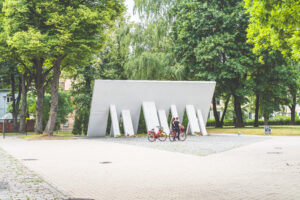

To summarize
Riga is thriving. There are many with things to do. Plenty of places to see. And a great development around Latvian and European culture. I was particularly astonished by the quality and the number of museums in the city. The Latvian National museum of art being the widest and its underground extension is a great addition to the museum. If you are looking for contemporary art though, the Zuzeum is the place. They have temporary art collections, a cafe, a small shop and a restaurant on the roof. Definitely worth checking out.
The only thing I had a hard time with was to find good cafes and restaurants. There are a few, but inside the very center, most of them are just franchises and touristic venues. I can give you my top two, just in case : the Crumble cafe : tremendous cafe, very good crumbles, owned by a kind Latvian viking. As for the restaurants I’d say Barents, a bit expensive but if you’re looking for local food revisited. That’s the one.
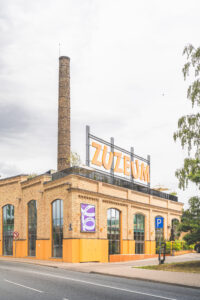
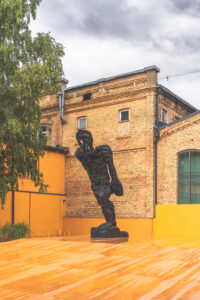







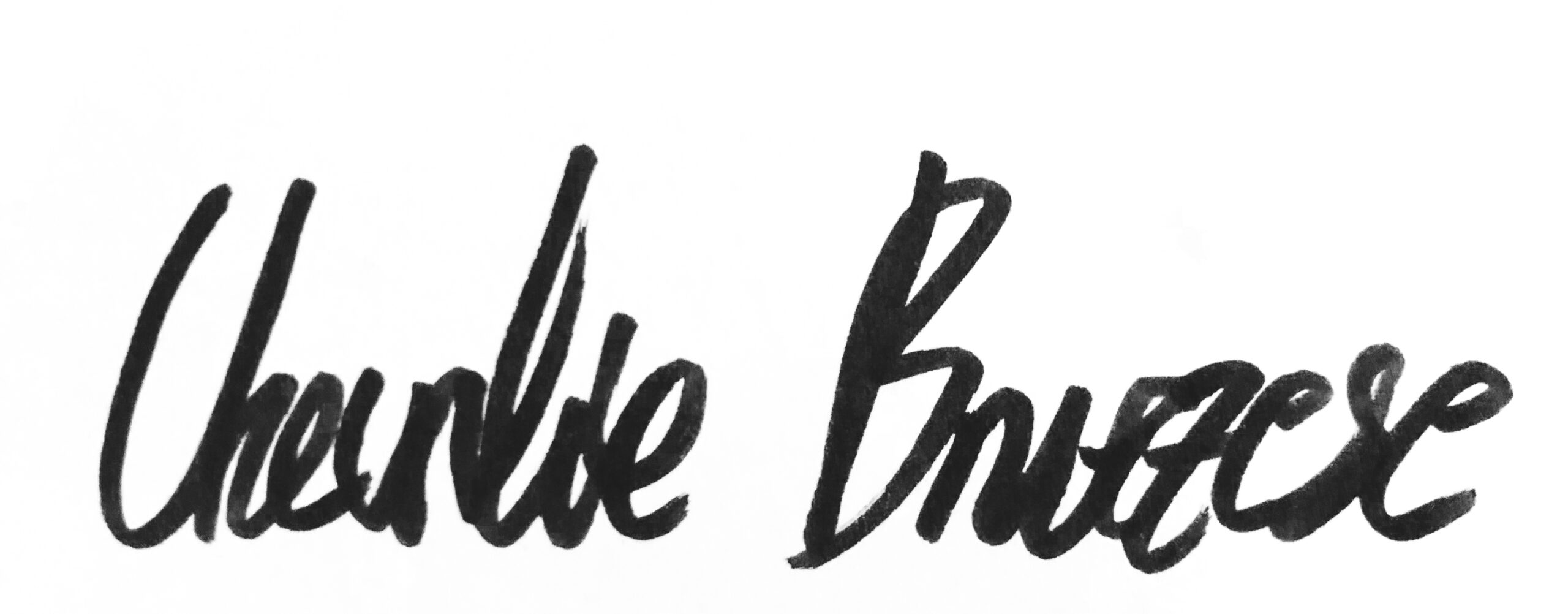
Leave a reply